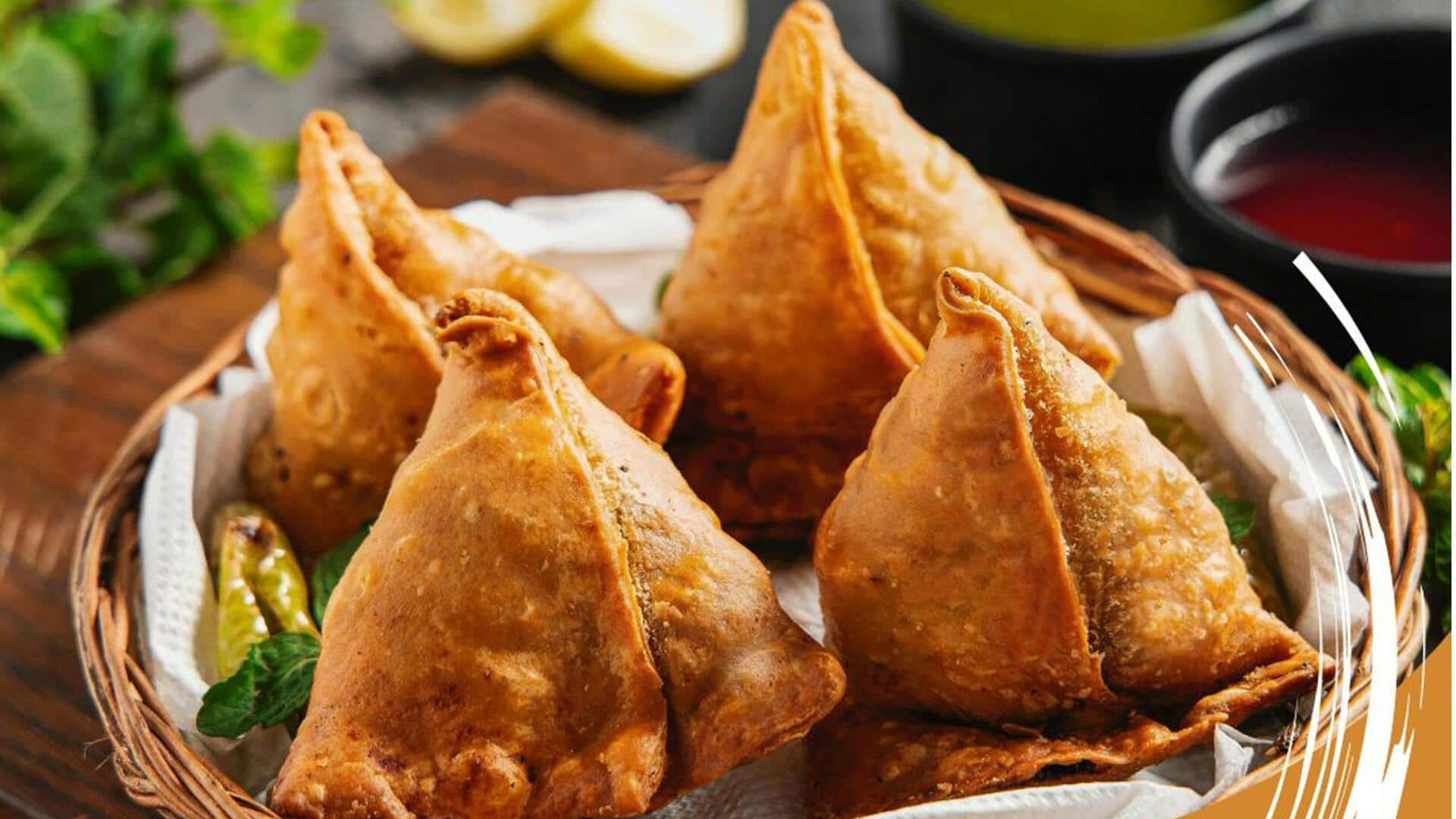
The fascinating journey of the samosa through time
What's the story
The samosa, a beloved snack across the globe, has a rich history that dates back centuries. This triangular pastry filled with various ingredients has evolved from its ancient roots to become a staple in many cuisines. The journey of the samosa is not just about its culinary evolution but also about cultural exchanges and adaptations. Here's tracing the samosa's journey through time.
#1
Ancient origins of the samosa
The history of the samosa dates back to ancient times when it was known as "sambusak." It was first documented in Persia around the 10th century. The pastry was filled with nuts and spices and was popular among traders traveling along the Silk Road. The sambusak's triangular shape is believed to have been inspired by the folds of a merchant's bag.
#2
Introduction to India
The samosa came to India with Persian traders in the medieval period. It quickly became popular among Indian royalty and commoners alike. In India, the filling changed from nuts to lentils, potatoes, and spices, making it more accessible and palatable for local tastes. The samosa became a part of street food culture, loved for its crispiness and flavorful fillings.
#3
Global spread and variations
As people traveled across continents, they took their love for samosas with them. In different parts of the world, they adapted the filling and shape according to local tastes. In Africa, for example, they are often filled with vegetables or lentils; in Europe, cheese or vegetables are common fillings. Each region's version reflects its unique culinary traditions while keeping the essence of this beloved snack.
#4
Modern-day samosa innovations
Today, the samosa continues to evolve with modern culinary trends. Chefs experiment with fusion flavors by incorporating ingredients like cheese or chocolate into traditional recipes. Baked versions cater to health-conscious consumers seeking lower-fat alternatives without compromising on taste or texture. The versatility ensures that this classic snack remains relevant in today's diverse food landscape.